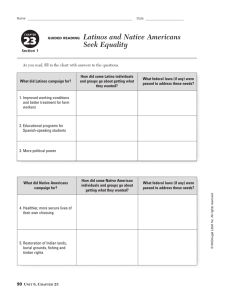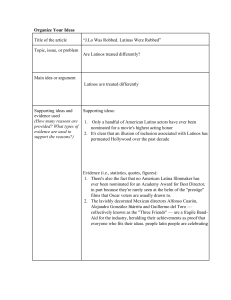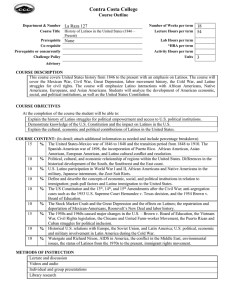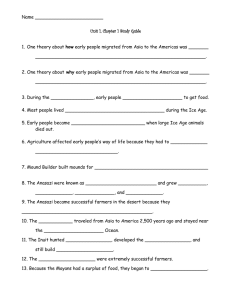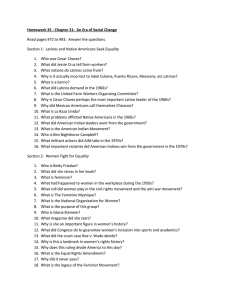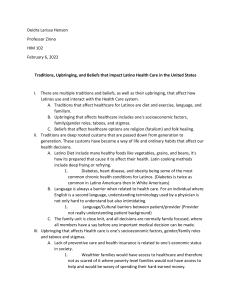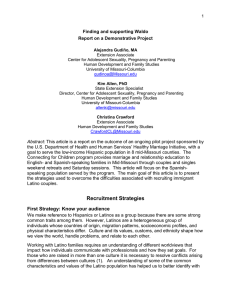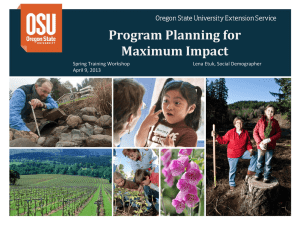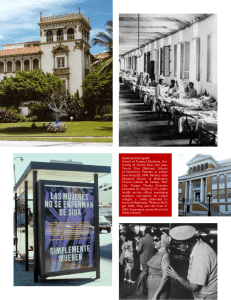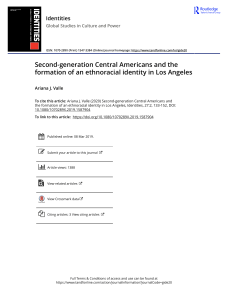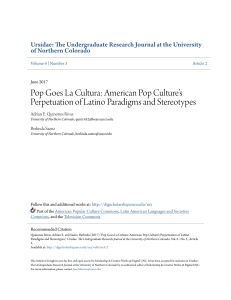Writing Exercise, Chapters 14 & 15
advertisement
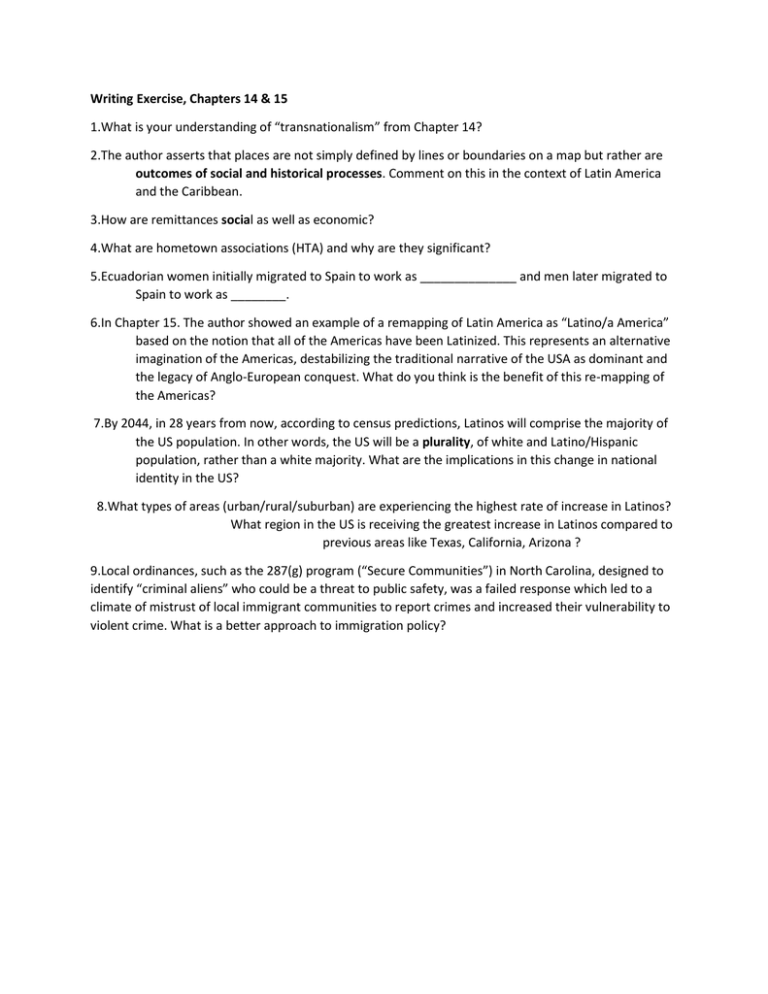
Writing Exercise, Chapters 14 & 15 1.What is your understanding of “transnationalism” from Chapter 14? 2.The author asserts that places are not simply defined by lines or boundaries on a map but rather are outcomes of social and historical processes. Comment on this in the context of Latin America and the Caribbean. 3.How are remittances social as well as economic? 4.What are hometown associations (HTA) and why are they significant? 5.Ecuadorian women initially migrated to Spain to work as ______________ and men later migrated to Spain to work as ________. 6.In Chapter 15. The author showed an example of a remapping of Latin America as “Latino/a America” based on the notion that all of the Americas have been Latinized. This represents an alternative imagination of the Americas, destabilizing the traditional narrative of the USA as dominant and the legacy of Anglo-European conquest. What do you think is the benefit of this re-mapping of the Americas? 7.By 2044, in 28 years from now, according to census predictions, Latinos will comprise the majority of the US population. In other words, the US will be a plurality, of white and Latino/Hispanic population, rather than a white majority. What are the implications in this change in national identity in the US? 8.What types of areas (urban/rural/suburban) are experiencing the highest rate of increase in Latinos? What region in the US is receiving the greatest increase in Latinos compared to previous areas like Texas, California, Arizona ? 9.Local ordinances, such as the 287(g) program (“Secure Communities”) in North Carolina, designed to identify “criminal aliens” who could be a threat to public safety, was a failed response which led to a climate of mistrust of local immigrant communities to report crimes and increased their vulnerability to violent crime. What is a better approach to immigration policy?
